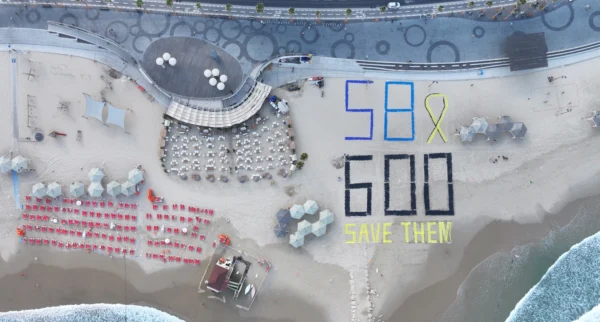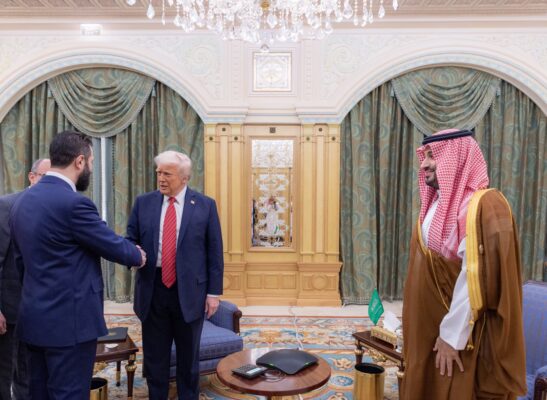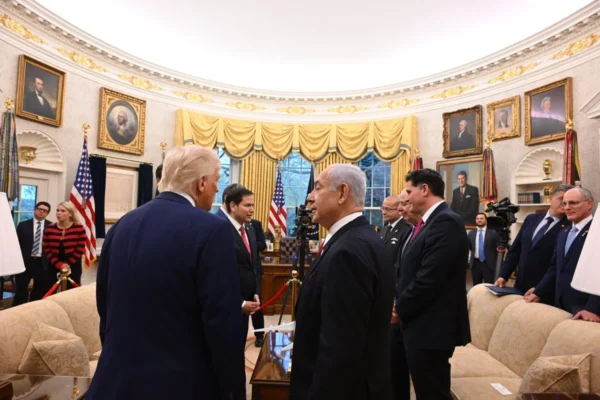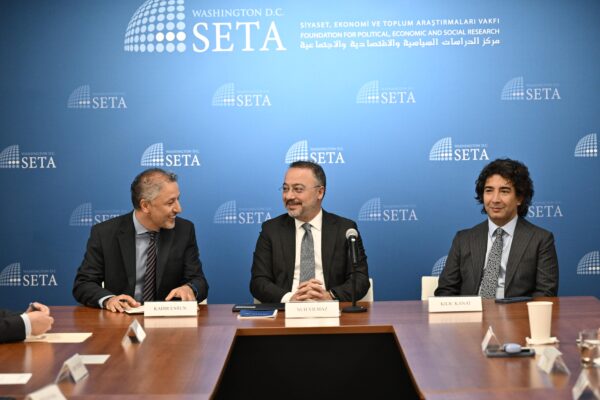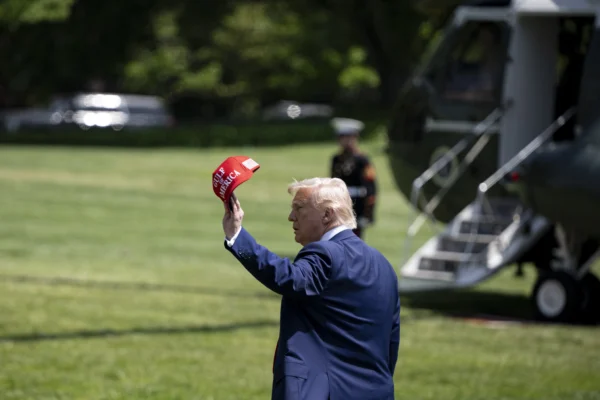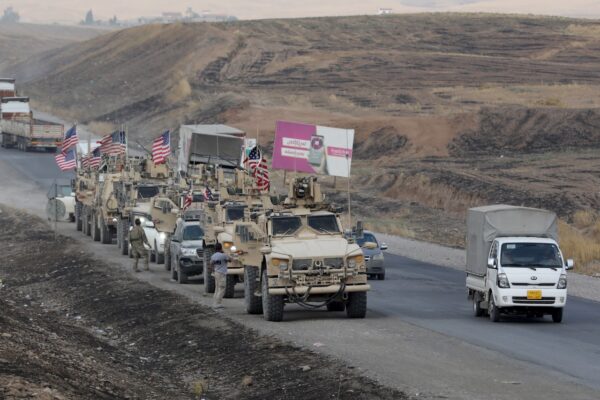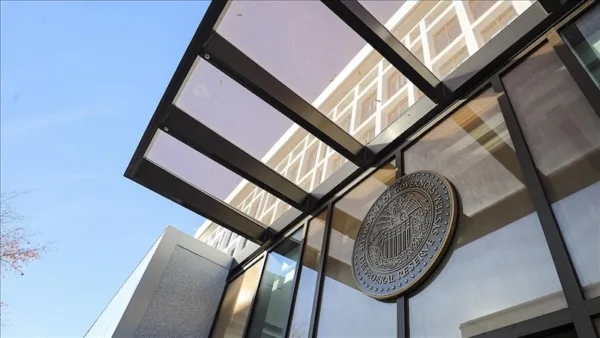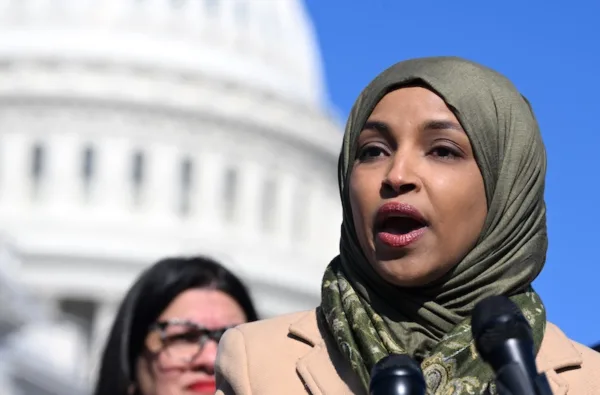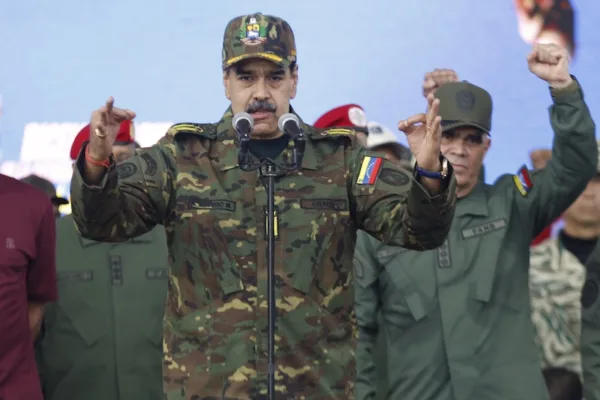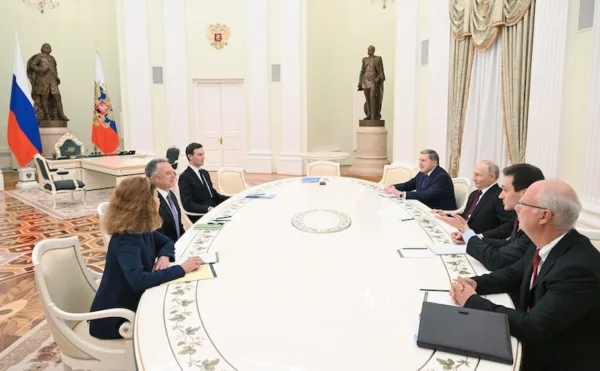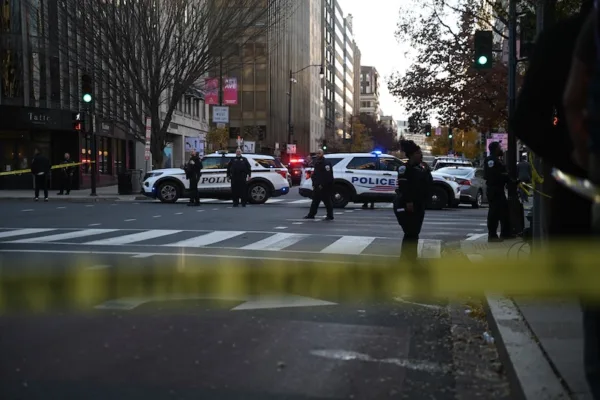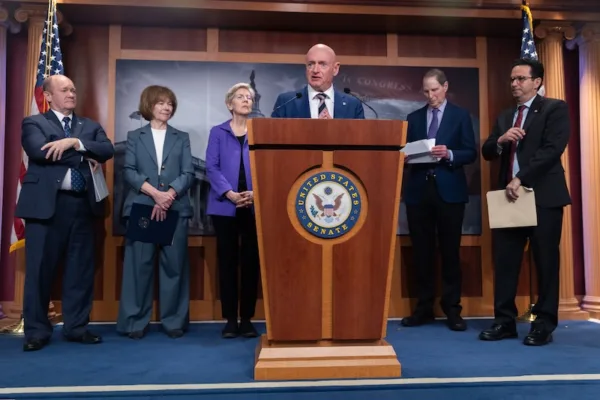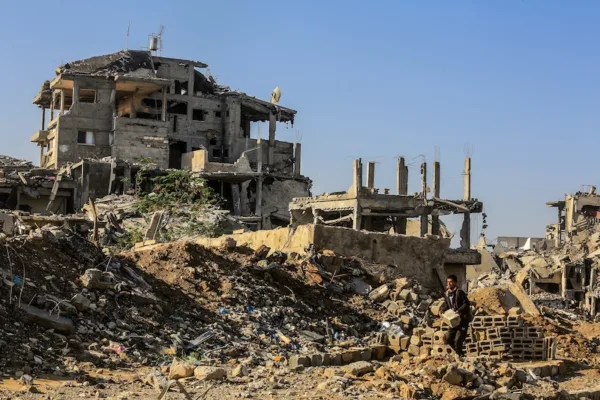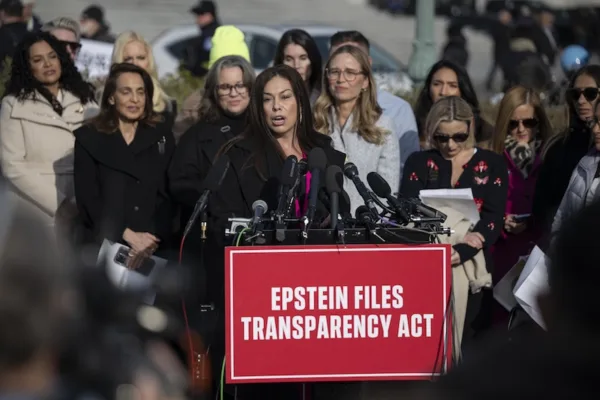The Strategy Against ISIS A Year After Mosul
The fight against ISIS needs to have well-designed, articulated and comprehensive strategies that will include what do on the day after the projects are completed
A year after the invasion of Mosul by the Islamic State of Iraq and al-Sham (ISIS), another city, the capital of Anbar province Ramadi fell to ISIS. The pattern of the fall of Mosul repeated itself and Iraqi forces fled the city without putting up a fight against the ISIS attacks. A year ago, when ISIS intensified its campaigns in Iraq, many were shocked by how quickly the situation on the ground changed. Many believe the situation is the result of an intelligence failure because the security establishment of most of the states involved have been left puzzled by the structure, organization and functioning of ISIS in Syria and Iraq.
Since then ISIS has become one of the most significant international security threats in the world. An international coalition has been formed to be able to deal with this complicated organization. The ability of ISIS to recruit members from different parts of the world, the administration of the territories under the control of ISIS, the effective use of social media by members of the group and its increasing influence in Syria and Iraq has been discussed around the world. Its tactic of beheading its hostages and prisoners in front of cameras and distributing them on social media platforms has contributed to the organization’s international visibility. Although in some parts of Iraq and Syria, the international coalition and Iraq Security Forces have made some important gains against ISIS, a year after Mosul, the organization seems neither destroyed nor degraded.
It is important to analyze the results of the U.S.-led international coalition’s strategy against this terrorist organization. In the aftermath of the beheading of the two American hostages and the siege of Irbil, the U.S. administration decided to launch attacks against ISIS. However from the very beginning, the strategy was questioned by security analysts, as well as the U.S. allies in the region. Those criticisms and questions have continued in the last year. For instance, there was a high degree of skepticism in regards to the success of a strategy against an organization such as ISIS that would predominantly depend on airstrikes. The tactical adaptability and flexibility of ISIS lowered the impact of the airstrikes to a new minimum. There were some tangible improvements in dealing with foreign fighters in terms of sharing intelligence and border security. States and their security establishments formed bodies and forums in order to deal with ISIS and its recruitment channels. However, again the precautions taken by the international community sometimes lagged behind the rapid tactical changing and operational capabilities of ISIS.
ISIS is still recruiting people through different mechanisms. Finally with the increasing effectiveness of the Shiite militia at the expense of the Iraqi Security Forces, a political solution that would eliminate the social base behind ISIS is becoming difficult to reach. Under these circumstances and with the fall of Ramadi, it is important to understand that the fight against ISIS will not be successful until it is understood that without a solution in Syria ISIS will continue to have a breeding ground, maybe with different names but with a similar ideology. Secondly, the political solution in Iraq and the integration of the Sunni population into the Iraqi administration needs to be recognized as a very serious and inevitable precondition of removing the social base of ISIS. Finally, the fight against ISIS needs to have well-designed, articulated and comprehensive strategies that will include what do on the day after the projects are completed.
This article was originally published in Daily Sabah on May 25, 2015.


